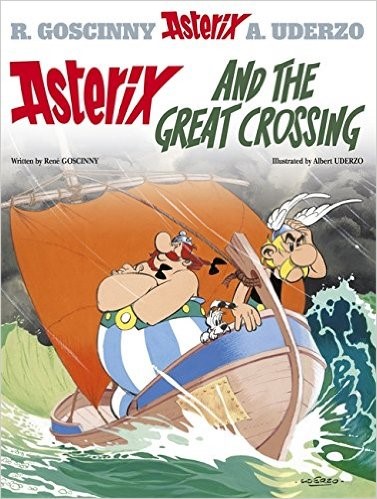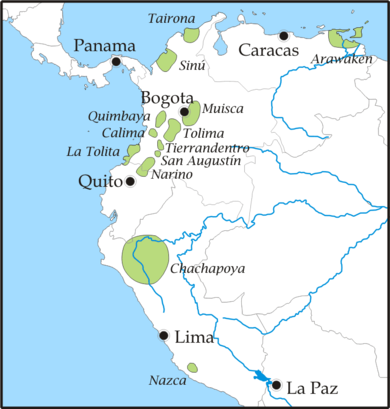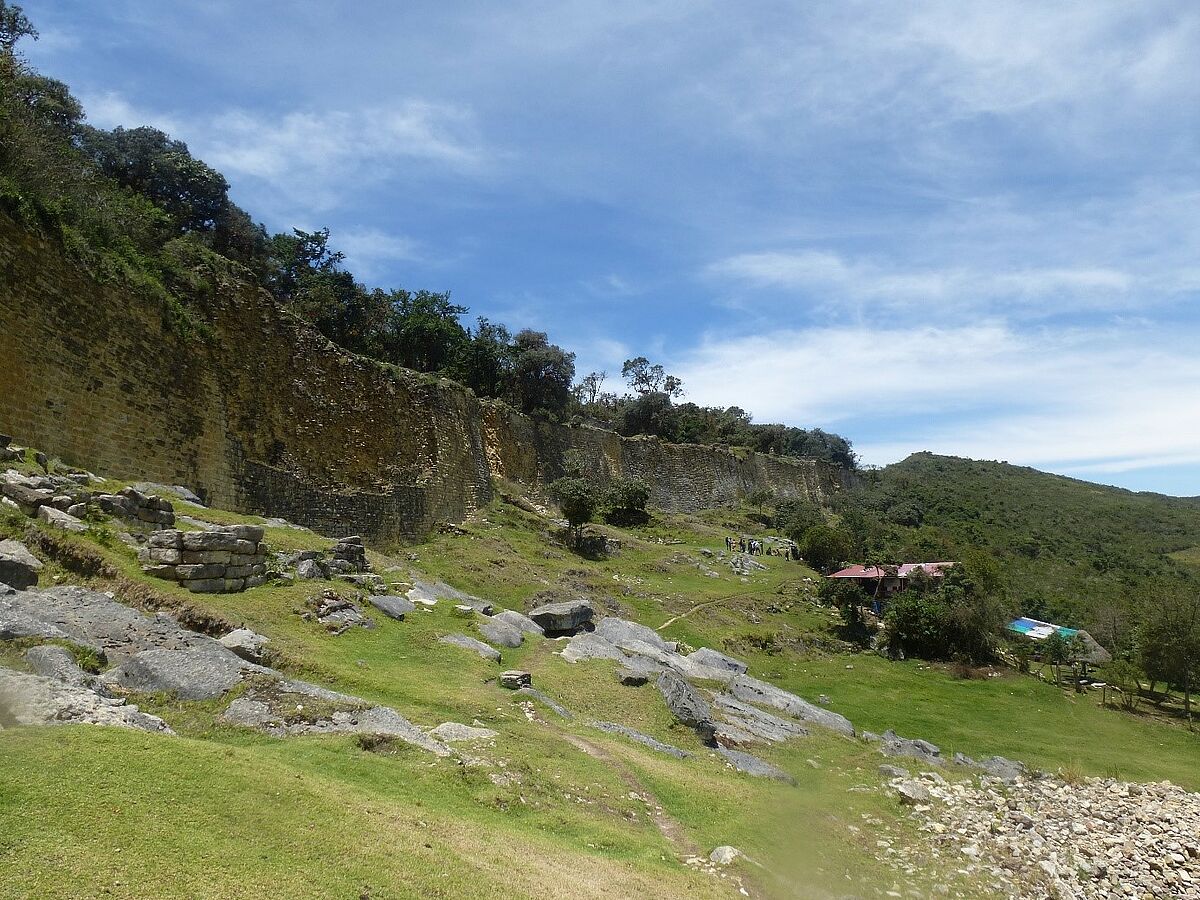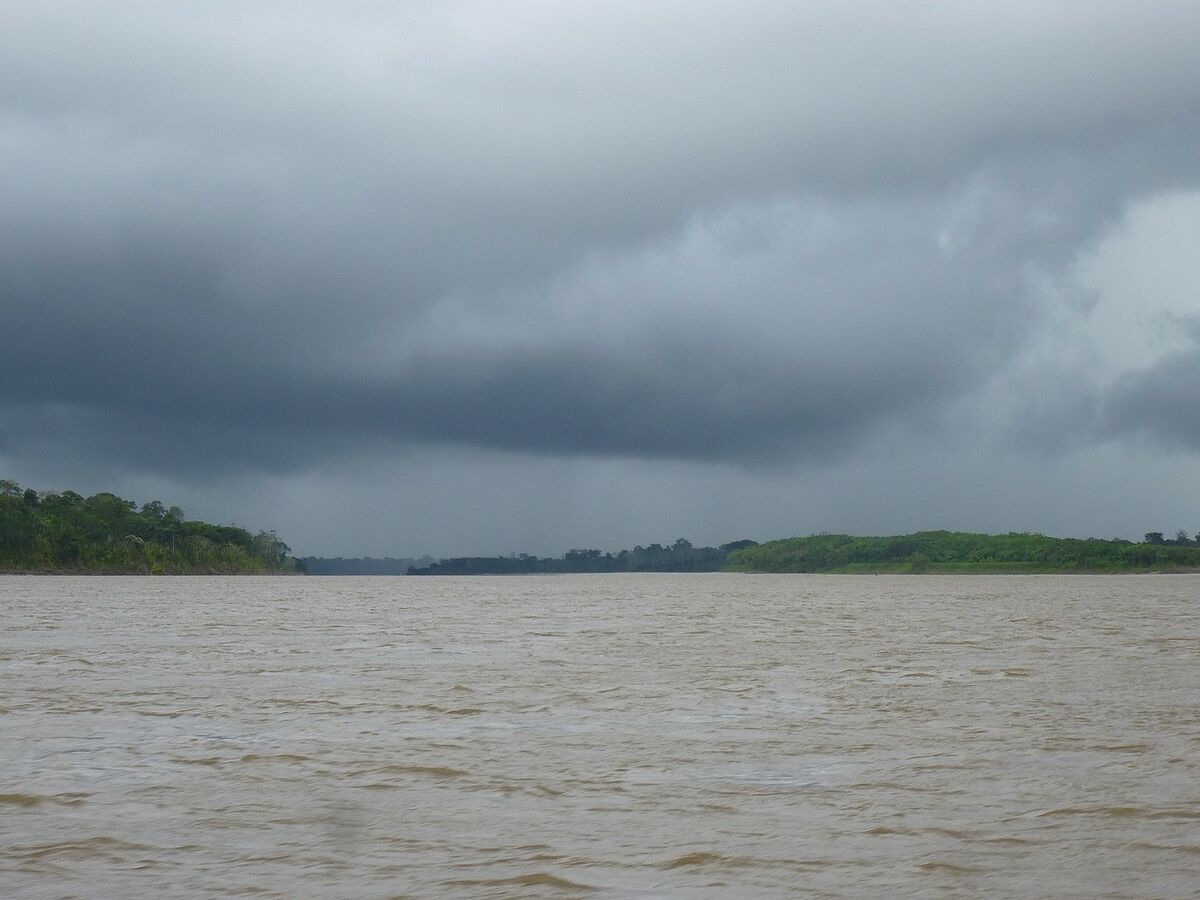Popular origins of the Chachapoyas: Colonialism and Globalisation
by Alexander Bräuer, 01/03/2016.
Summary
In 2013, Hans Giffhorn published a book, Wurde Amerika in der Antike entdeckt?, succeeded by a TV documentary about the same topic. In both, he argues that the Chachapoyas culture in central South America originated from Carthaginians and Celts who had migrated across the Atlantic and up the Amazon River in order to become the ancestors of the Andean High Culture. This speculative hypothesis appeals to a western public audience because it creates an image of American Antiquity that works in sync with two important aspects of contemporary everyday experience: Globalisation and colonialism. In spite of the theoretical attractiveness of imagining a transoceanic antiquity whose cultures travelled and mixed across the globe, experts in the field of pre-Columbian studies remain sceptical of Giffhorn’s hypothesis and empirical method.
During a stay in Amazonian Peru for a filming project about the natural environment, Hans Giffhorn, a German professor of education and later cultural studies, developed an interest in the Chachapoyas culture (800 CE – CE 1475) in the Andean region. In 2013, he published the bookWurde Amerika in der Antike entdeckt?, addressing the hypothesis of a transatlantic origin of the Chachapoyas[1] – an argument he already stated in popular television productions such as “Die Blonden Andenkrieger” in 2000 and “Carthage’s Lost Warriors” on PBS in 2014. The provocative hypothesis was critiqued by many experts but stayed popular in the public discourse as exemplified by articles in German Newspapers like “Die Welt” or “Focus” as well as by multiple re-runs of his documentary on German quality TV channels. In the following article I would like to trace the popularity of this hypothesis in connection to the discourses of colonialism and globalization.
Pre-Columbian Contact
Hans Giffhorn hardly was the first person making a case for a pre-Columbian settlement of Europeans on the American continent.
Indeed, today, through archaeological remains the presence of Vikings on the North-eastern coast of North America is now proven without a doubt. However, theories of pre-Columbian transatlantic contact can look at a long string of often rather problematic claims, like work by national-socialist scientists who wanted to prove the Arian origins of American High Cultures. Giffhorn recognizes this tradition[2] but regards himself as an ideologically disinterested scholar only driven by the search for facts.
A Sketch of the Chachapoyan Character
The first part of the Giffhorn’s book is devoted to the construction of what constitutes a typical South American High Culture. Thereby, he tries to prepare the argument that the Chachapoyas culture is not of South American, but of European origin. In the process of constructing typical South American and European cultures, Giffhorn not only uses buildings, arts and crafts but develops the “typical” character of the people: The Chachapoyas, unlike other South American High Cultures and much more like European High Cultures, had no God-King[3]; were practical people with no use for pomp[4]; possessed by an individual desire for freedom[5] and independence[6]; they held women in high regard[7] and were furthermore superior warriors.
It is hard to ignore the (post)colonial implications in such an argument for the construction of an American and European antiquity.
Origin of the Chachapoyas
The main argument of the book is concerned with the origin of the Chachapoyas. After Giffhorn established the similarities (“Kulturparallelen”) between the Chachapoyas and the Celts and Carthaginians, he traces their assumed journey from the Mediterranean to central South America. The success of the upcoming Roman Empire was pressuring a large group of Carthaginians to band together with Celts from the Iberian region – especially Ibiza – and start their journey to an already known colony of the Carthaginian Empire in the Atlantic. Although unable to find any evidence of this adventurous group in the European sources, he identifies South America as their logical destination. As indicators of this endeavor he uses a mix of experimental archaeology, natural science and some classical chroniclers, who vaguely refer in their reports to unknown islands in this direction of the Atlantic Ocean. Afterwards he makes a case for a journey up the Amazon river – explaining that the Carthaginians were natural seafarers and the tribes of the Brazilian jungle too hostile for a settlement.
According to Giffhorn, the journey took them from the estuary of the Amazon, where they left some artefacts, to the Andean mountains where they settled and formed the Chachapoyas culture together with peaceful local groups.
Hypothesis and Sources
Since this book represents a hypothesis, it contains many (research) gaps. However, it is striking that scientific experts usually are referred to when Giffhorn tries to establish the research gaps around the Chachapoyas culture. Results or findings which could disprove the hypothesis are hardly ever mentioned. Most importantly, Giffhorn fails to recognize the implications of the postcolonial history of his sources. Both nations got colonized – the Chachapoyas by the Inca and later by Spain, and the Celts by the Romans – and the written sources Giffhorn is using are almost all written by the colonizers. Out of these similar situations, narratives emerge that only seem to hint to resemblances of the different cultures. For example, it makes perfect sense for the colonizers to describe the colonized nations and people as strong warriors in order to glorify their own achievements of conquering them. Therefore, the resemblance actually might be found on the part of the colonizers and the narrative of colonialism itself.
Scientific Critic and Postcolonial Implications
Hans Giffhorn is certainly aware that most scientists view his theory rather critically. He explains this by the boundaries of scientific disciplines[8] and by the ideological constraints of the scientific community that is intimidated by the South American governments, the uncomfortable proximity to conspiracy theories and especially a mainstream scientific doctrine.[9] He claims to be able to avoid the pitfalls arising from a too narrow disciplinary orientation by not working in a truly interdisciplinary spirit even integrating the natural sciences which are largely known for their objectivity.[10] With this perspective Giffhorn fails to recognize one of the main goals of postcolonial studies, namely the recognition, acceptance and reflection on his own position within a scientific system that has a colonial history. He does not reflect his position as a white (male) scholar who explains their own history to postcolonial states like Peru and Brazil as well as revolutionizing the scientific: “In Europa ist man stolz auf die überlieferten Kulturen, wobei längst klar ist, dass sie einst aus einen Gemisch vieler Einflüsse aus vielen Kontinenten entstanden. Und in Südamerika würden Nachweise früherer Einflüsse aus der alten Welt lediglich bestätigen, dass viele Kulturen letztlich einen globalen Ursprung haben und dass nationalistisches Denken auf Dauer anachronistisch ist. Aber dort [Peru und Brasilien] sieht man das in der Regel (noch) nicht so.“[11] This quotation leads to another implicit ideological assumption in Hans Giffhorn’s book: globalization. Globalization, a term that has come to direct our understanding of cultural and economic processes since the late fifteenth century and especially since the Second World War, is based on accepting – not to say naturalizing – a world order that arose from the history of colonialism. The intellectual paradigm of Globalization – more adequately referred to as Globalism –entails a new perspective on distances, mobility, time and international geographical connections. It leads Giffhorn to proclaim a global origin for most cultures and not to address the differences between concepts of time and distances today and in antiquity. These differences are crucial for his theory because opportunities do not make history, or, to put it in other words, not everything that is possible and achievable does actually happen. This does not mean that cultures have not always been more or less hybrid; but neither does it mean that cultures are necessarily the product of long-distance migrations spanning half of the globe. The assumption informing the framework of Giffhorn’s argument for the European origin of the Chachapoyas culture – the Carthaginian and Celts crossed the Atlantic because they had the technical and physical possibilities to do so – is nourished by projecting our knowledge about long-distance travel in the age of globalization to the age of antiquity. The result consists in denying cultural specificity and autochthony to the pre-Columbian societies of America who had in Giffhorn’s view always already been under the cultural impact of superior European and Mediterranean societies. This historically problematic message becomes of particular importance when it is addressed to a general, non-academic target group.
In the last analysis, Hans Giffhorn’s hypothesis becomes so attractive for a western public audience because it creates an American Antiquity that works in sync with two important developments of today’s everyday life whose legitimacy is not questioned: Globalization and colonialism. This is one of the reasons why experts in the field of pre-Columbian history who are trained to view the past from a critical point of view and who try to reflect on their own position, remain sceptical. It cannot be denied that globalization – both as a reality to be experienced every day and as an ideology –has a profound effect on current historical scholarship: histories of transfers, exchanges, mobility of humans and goods, and circulation of knowledge are more popular and more convincing than ever. However, it is important not to commit an undifferentiated “Globalization of the past.” It might even be productive to reintroduce the powerful counter movements of the aforementioned process, localism and decolonialization, into our historical thinking, albeit with a critical point of view.
NOTES
[1] Giffhorn, Hans. Wurde Amerika in der Antike entdeckt?: Khartager, Kelten und das Rätsel der Chachapoya. München: C. H. Beck, 2013.
[2] Ibid., p. 42 & 43.
[3] Ibid., p. 24.
[4] Ibid., p. 24 & p.29.
[5] Ibid., p. 25.
[6] Ibid., p. 28.
[7] Ibid., p. 29.
[8] Ibid., p. 128.
[9] Ibid., p. 11.
[10] Ibid., p. 130.
[11] Ibid., p. 128.
FURTHER READING on the origins of the Chachapoyas:
Church, Warren & Adriana von Hagen. "Chachapoyas: Cultural Development at an Andean Cloud Forest Crossroads". In: Helaine Silverman, William Isbell (Eds.): Handbook of South American Archaeology. New York: Springer, 2008, p. 903–926.
ILLUSTRATIONS
Figure 1: Image of a comic book depicting a pre-columbian crossing of the Atlantic. Source: http://www.amazon.com/Asterix-Great-Crossing-Album-Paperback/dp/0752866486, accessed 01/03/2016.
Figure 2: Map of pre-columbian cultures in South America. Source: https://en.wikipedia.org/wiki/List_of_pre-Columbian_cultures, accessed 01/03/2016.
Figure 3: Bräuer, Alexander. "Fortification of Kuelap. Presumed to be the center of the Chachapoyas culture". 10/2015. JPEG. © Alexander Bräuer.
Figure 4: Bräuer, Alexander. "Rio Maranon between Nauta and Yurimaguas. Supposed route of the Carthaginians and Celts". 11/2015. JPEG. © Alexander Bräuer.




